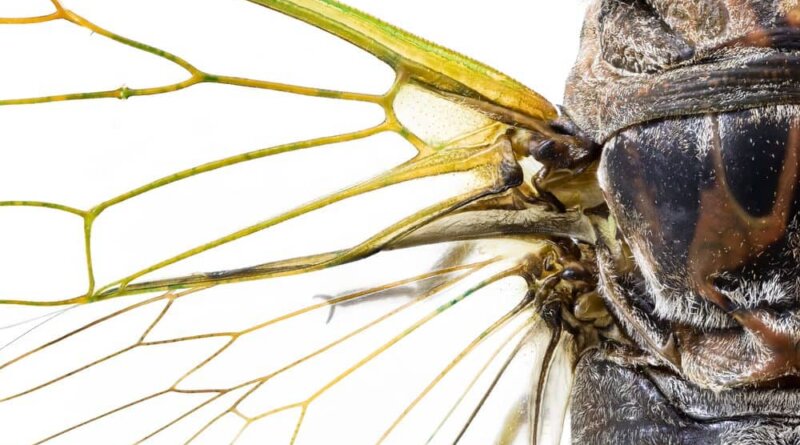Brood X is Coming! Are Cicadas Dangerous for Dogs?
Love ’em or hate ’em, the cicadas are coming. We’ve all heard about Brood X, the hoard of cicadas that will soon emerge from a 17-year hibernation to blanket our yards, cars, houses, and trees. Naturally, since our dogs will be curious about the sudden onslaught of creepy critters, you may be wondering if they’re safe.

Some residents of the Eastern U.S. are already seeing (and hearing) the early-emerging insects that have been hibernating underground for the last 17-years. In fact, if you live in Delaware, Georgia, Illinois, Indiana, Kentucky, Maryland, Michigan, North Carolina, New Jersey, New York, Ohio, Pennsylvania, Tennessee, Virginia, West Virginia, or Washington, D.C., your dog may already be showing an interest, digging in the backyard when he hears the juvenile cicadas tunneling toward the surface well before you realize they’re there!
While there are at least 3,000 varieties of cicadas, most make their appearance every few years. But, Brood X is a type of periodical cicada that spends 17-years underground before emerging—by the trillions—for 4 to 6 weeks in the spring to mate, lay eggs, and emit songs as loud as 100 decibels—that’s about as loud as a motorcycle engine roughly 25-feet away.
So, are they safe?
Adult Brood X cicadas will be about 1 to 1-and-a-half inches long with black bodies and reddish eyes. Thankfully, the insects don’t eat much, so their impact on crops will be minimal, even with them numbering in the trillions. And, they don’t bite or sting, so you’ll have nothing to worry about in that regard.
They also aren’t poisonous or toxic to dogs, so your dog snacking on the occasional bug on your daily walks won’t likely be a problem.
Where the potential for issue exists, however, is in the trillions of “cicada shells” that will be scattered about the Eastern U.S. When Brood X emerges, it will quickly shed it’s nymph exoskeleton. If your dog munches on just a few of the crunchy bug shells, it won’t likely be an issue. But when there are roughly 1.5 million cicadas per acre, it could quickly become a problem, especially for dogs that love to “eat first, ask questions later.”
“In most cases, your dog will be fine after eating a few cicadas,” says Dr. Jerry Klein, AKC chief veterinary officer. “However, dogs that gorge on the large, crunchy insects will find the exoskeleton difficult to digest and can suffer serious consequences.” Pet parents should also consider which chemicals, pesticides, or fertilizers may have been used on the land under which the insects have been feeding for the last 17 years.
According to Dr. Klein, symptoms can include severe stomach upset, abdominal pain, vomiting, and diarrhea. Some dogs may require veterinary care to recover from illnesses associated with eating too many cicadas or their exoskeletons.
Your best course of action is to teach a reliable “Leave it” cue (and practice a lot over the next few weeks!), watch your dog diligently during walks and in the yard, and whenever possible, avoid areas with a heavy cicada presence.
Thankfully, the Brood X invasion won’t last too long. And, you’ll have 17-years to work on that “Leave it” cue before they make their next appearance in 2038.





canadian pharmacy meds: canadian pharmacy uk delivery canadian neighbor pharmacy
tor markets links dark web link dark web sites links
darknet drug store darknet drug links tor markets 2023